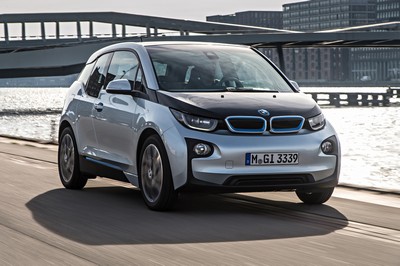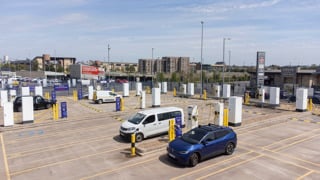Alphabet has identified potential corporate savings for Interserve using its Electrification Potential Analysis (EPA) programme.
The analysis, developed as part of Alphabet’s consulting approach, precisely identifies how businesses can optimally integrate electric vehicles (EVs) into existing fleets.
Together, the consulting approach and the EPA help Alphabet clients navigate the complex eMobility landscape and provide a transparent overview of the topic.
Removable loggers are temporarily fitted into fleet vehicles, where they record metrics such as speed, distance travelled, acceleration behaviour and parking. The information gathered reveals the total fleet energy consumption and CO2 emissions. Alphabet uses the data to build a precise fleet-driving profile, which serves as the basis for the particular eMobility solution it proposes.
The service and construction company Interserve turned to Alphabet with its specific objective of cost reduction: “We strive to keep our fleet on the cutting edge and our costs in check” said Jas Dhanda, fleet manager - construction at Interserve. “The EPA has provided us with an optimised and realistic proposal for achieving just that. The fact that it shows ways to reduce our carbon footprint is a welcome bonus.”
Alphabet suggested that Interserve replace up to 9 fleet vehicles with EVs. This measure would reduce the company’s fleet costs by up to 15.5% and cut fleet emissions by up to 27.8% per month. Lastly, Alphabet provided Interserve with a clear plan for the latter to potentially decrease its TCM – and simultaneously reduce CO2 emissions.
“Our objective is to bring comprehensive, forward-thinking eMobility to our clients in a way that’s in line with their targets, be it reducing CO2 emissions or decreasing total cost of mobility” said Carsten Kwirandt, head of marketing and business development at Alphabet International.
“Through our consulting approach and the EPA, we combine qualitative and quantitative methods to develop solutions that are simultaneously need- and target-driven, and seamlessly integrate into existing fleets.”


















Login to comment
Comments
No comments have been made yet.